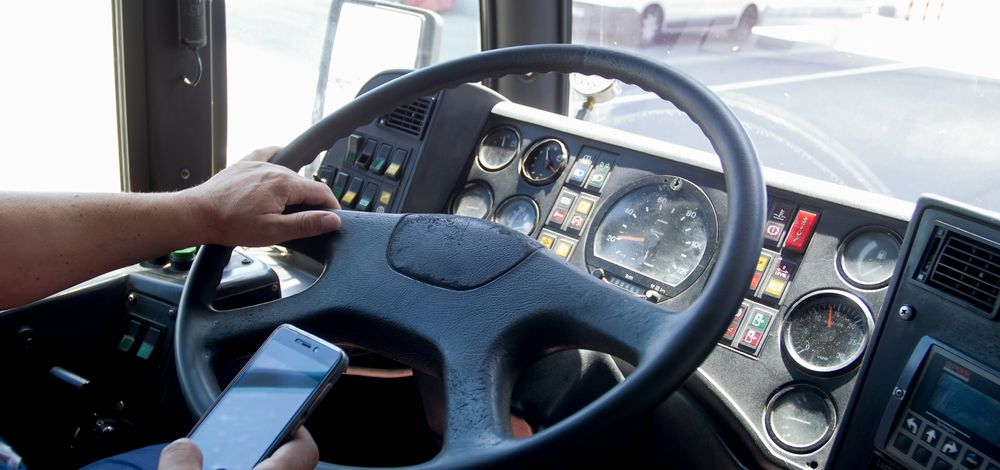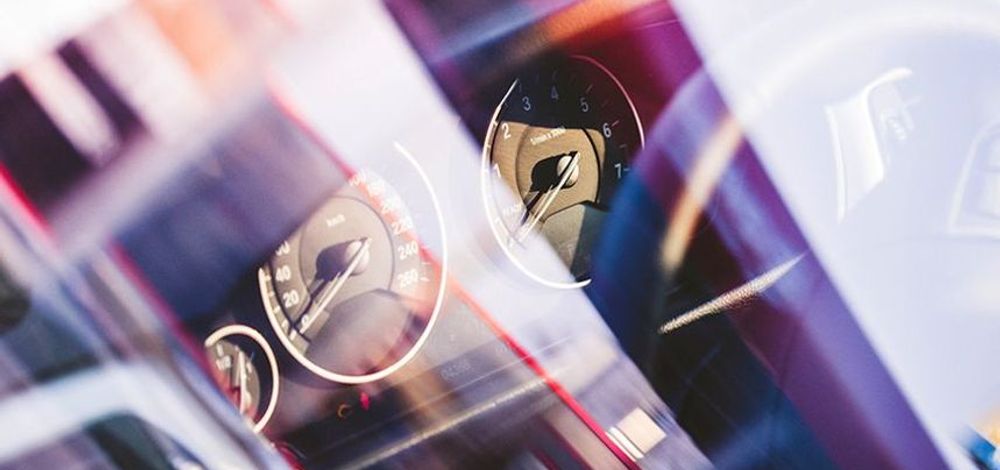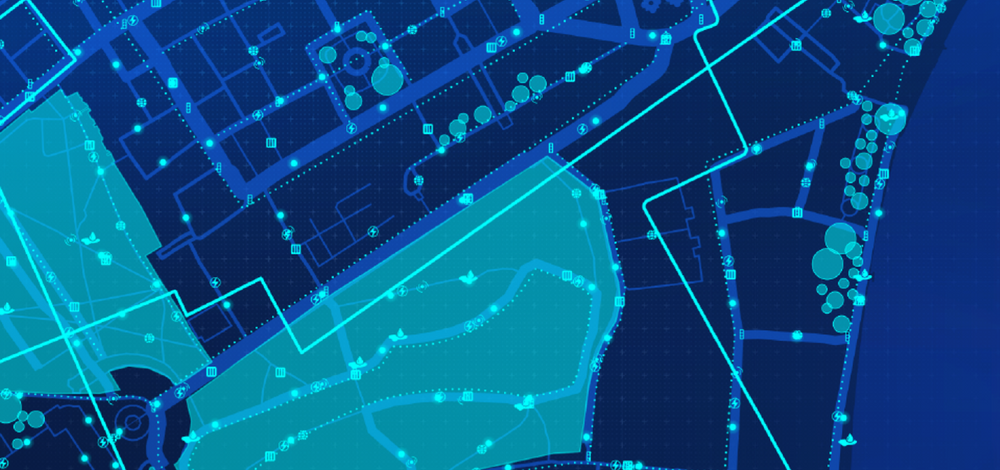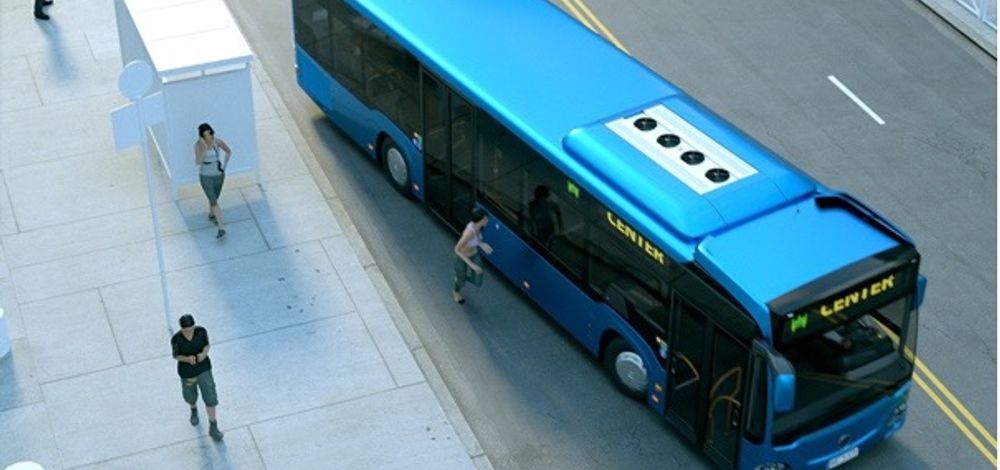
According to the Federal Transit Administration (FTA), it “may issue a safety advisory to recommend corrective actions, inspections, conditions, limitations, or other actions to avoid or mitigate any hazards or risks to public transportation riders and employees.” The latest, Safety Advisory 23-1, is the first of 2023, and urges transit agencies to prioritize the safety of pedestrians and buses on the road. As outlined in the advisory details, bus-to-person collisions have resulted in numerous fatalities and injuries over the years, making it all the more essential for transit authorities to implement effective mitigation strategies. In this post, we’ll break down Safety Advisory 23-1 and what it means for transit agencies.
Bus-To-Person Collisions
Bus-to-person collisions encompass incidents involving pedestrians, bicyclists, and other micromobility users such as scooter and skateboard riders, and have been a persistent safety concern for transit agencies. Citing the National Transit Database, the FTA reports that from 2008 to 2021, there were 7,298 bus-to-person collisions, leading to 537 fatalities and 7,329 injuries. Notably, a significant portion of these accidents occurred at roadway intersections (42 percent) and mid-block roadways (38 percent), making these areas crucial focal points for safety improvements.
Hazards Resulting in Pedestrian Bus Collisions
In SA-23-1, the FTA outlines the following risks that may result in collisions between pedestrians and buses:
- Operator vision impairment due to components of the bus design
- Operator vision impairment due to obstructions or activity outside of the bus
- Entry into the bus path by pedestrians, bicyclists and other micromobility users
- Limited space at bus stops and adjacent sidewalks.
The FTA suggests the following categories when considering how to best minimize risks to pedestrians:
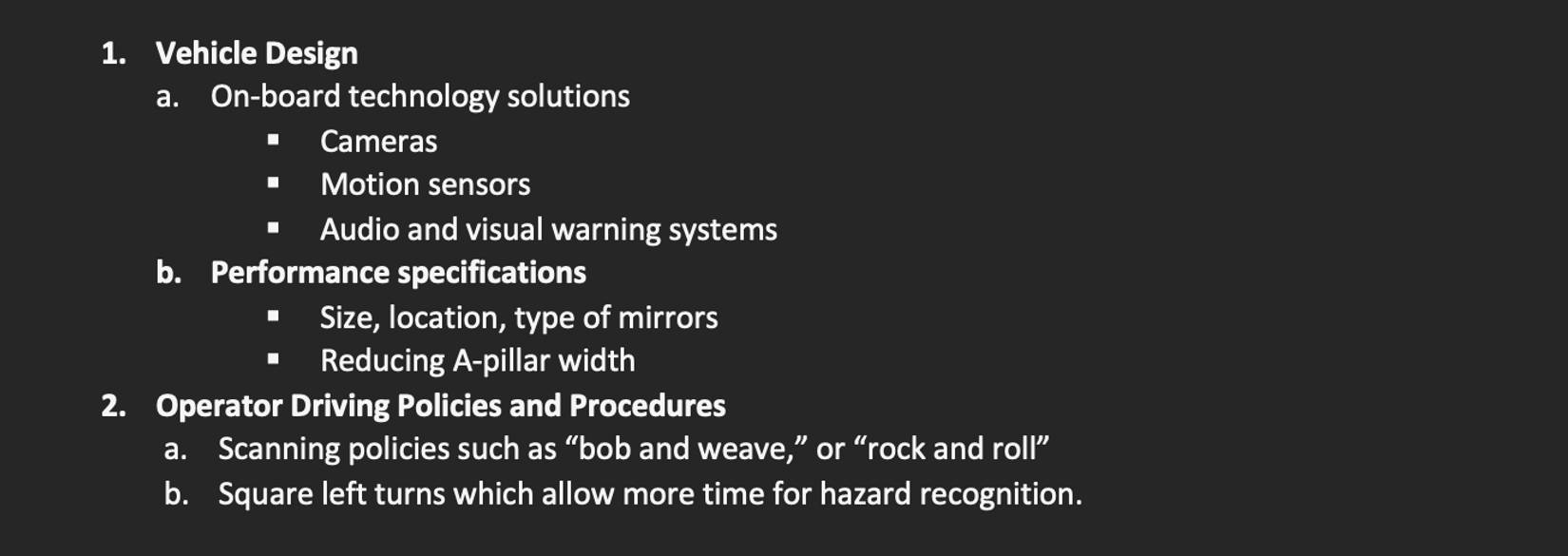
DOT Safe Systems Approach
The FTA cites the broader goals of the Department of Transportation’s Safe Systems Approach, which “works by building and reinforcing multiple layers of protection to both prevent crashes from happening in the first place and minimize the harm caused to those involved when crashes do occur. It is a holistic and comprehensive approach that provides a guiding framework to make places safer for people.
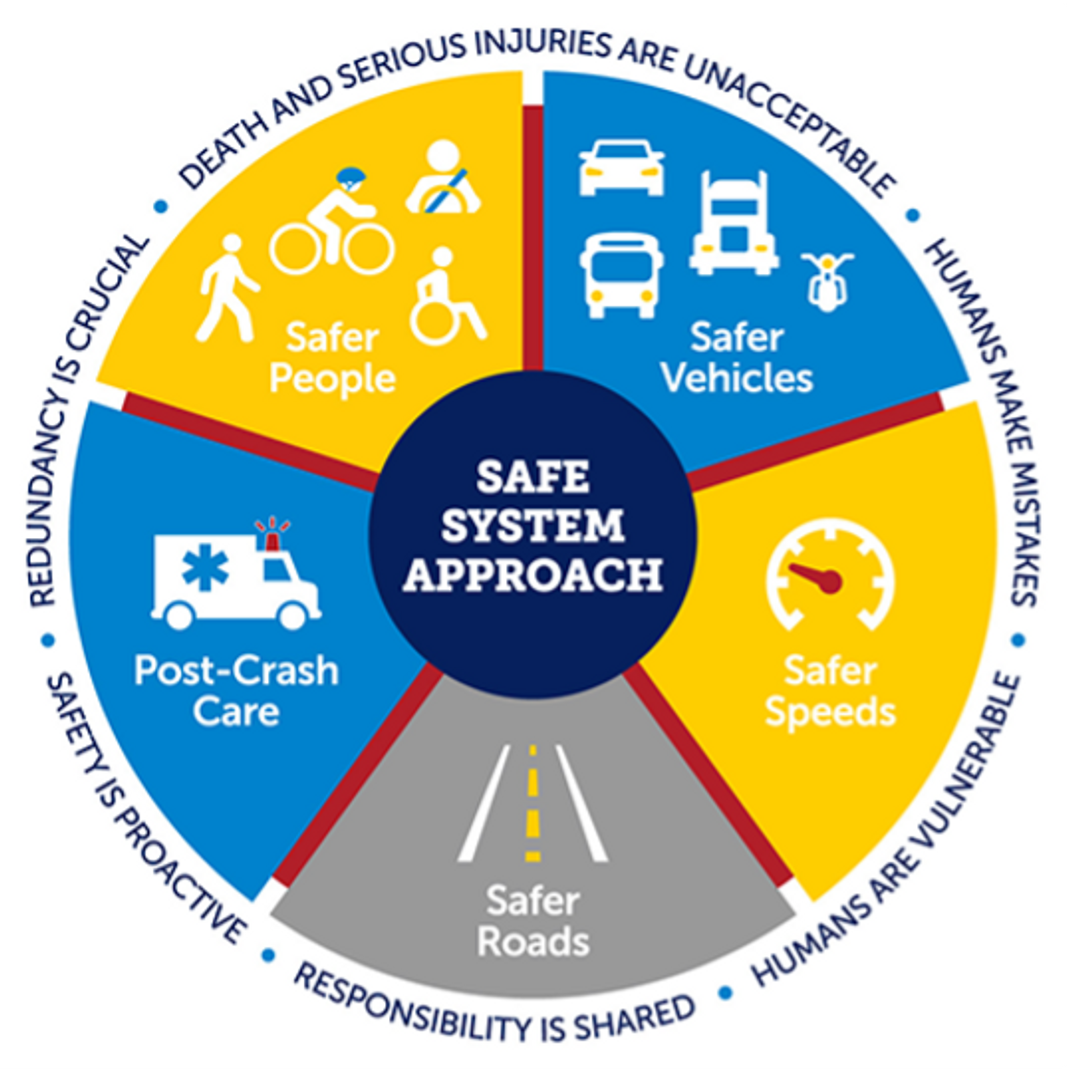
Figure 1. www.transportation.gov/NRSS/SafeSystem
An important tenant of the approach is that “Safety is Proactive,” and proactive tools should be used to identify and address safety issues in the transportation system, rather than waiting for safety events to occur and reacting afterwards.
The FTA outlines their focus within this framework as:
· Implementing transit/bus-only lanes
· Improving pedestrian/bicycle access to rail/bus stations
· Using collision avoidance technology to reduce collisions
· Other projects to help reach zero roadway fatalities
Mobileye Safety Solutions
Mobileye, a leader in advanced driver-assistance systems, offers a suite of AI-powered collision avoidance solutions that can help reduce bus-to-person collisions.
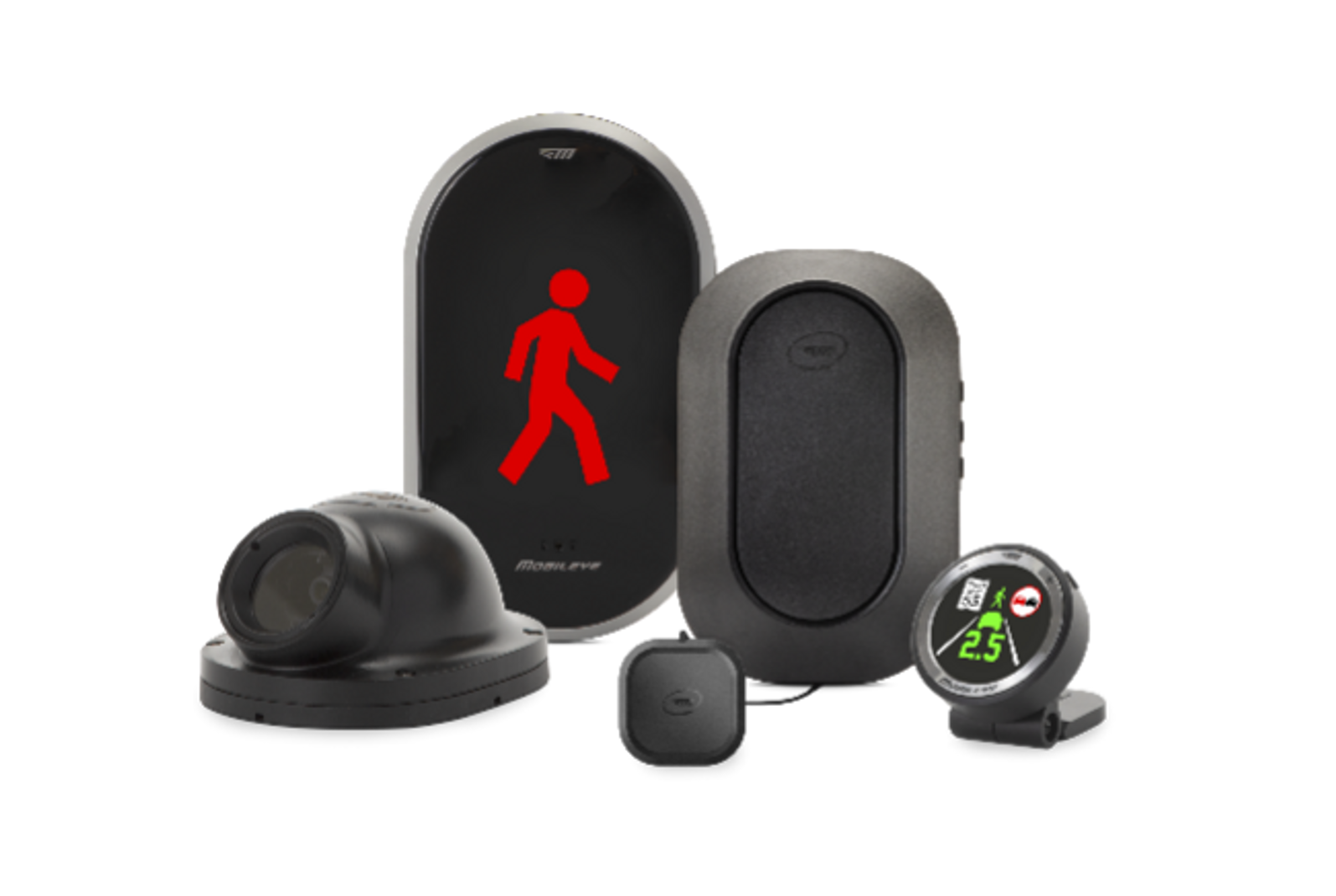
Mobileye's Shield+ is used by large vehicle and transit fleets across the country and utilizes dynamic detection angles to constantly monitor the vehicle’s blind spots from the A-pillar and on the right- and left-hand sides of the vehicle. Shield+ mitigates the risk of pedestrian collision by utilizing advanced vision sensors that constantly scan blind spots and alert drivers to react quickly in the event of a potential safety event.
Implementing Mobileye for Safer Transit
When considering the FTA suggestions for risk mitigation, specifically on-board technology solutions such as cameras, motion sensors, or audio and visual warning systems, collision avoidance offers several advantages:
· Enhanced Visibility: Mobileye's technology enhances the bus operator's visibility, reducing blind spots and providing a clearer view of the road, intersections, and potential hazards.
· Real-time Alerts: Shield+ is equipped with real-time alert systems that notify bus operators of potential collisions with pedestrians, bicyclists, or other obstacles, allowing for quick and informed action thanks to the constant monitoring of AI technology.
· Proactive Risk Mitigation: By integrating Mobileye's systems into their fleets, transit agencies can take a proactive approach to risk mitigation, ultimately reducing the likelihood and severity of bus-to-person collisions.
As transit agencies strive to adhere to the new safety advisory and continue to prioritize road safety, Mobileye's collision avoidance systems offer a cutting-edge solution. By leveraging these technologies, transit authorities may reduce the risks associated with bus-to-person collisions, making public transportation safer and more secure for all road users.


